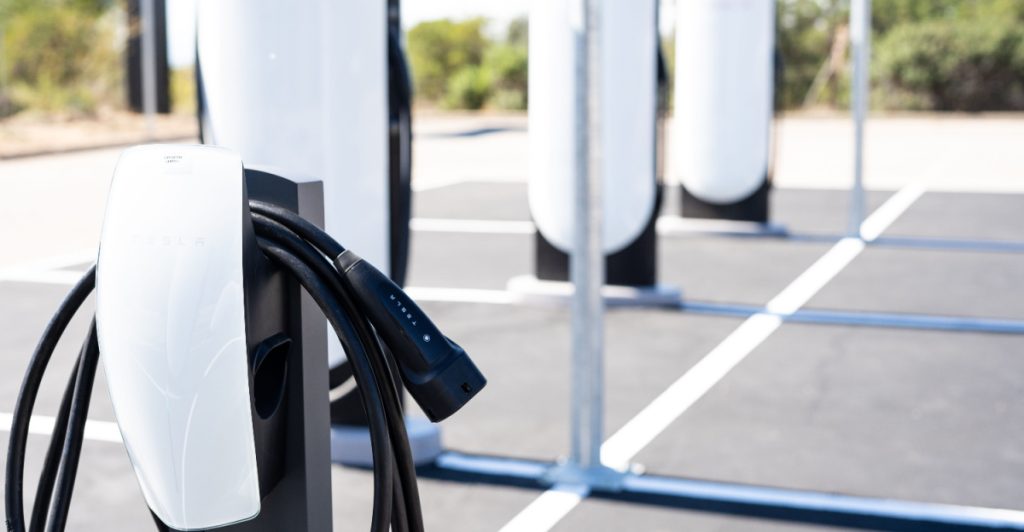The nation’s charging network is expanding faster than ever, yet many Americans still fear running out of power before finding a plug.
Others are reading now
The nation’s charging network is expanding faster than ever, yet many Americans still fear running out of power before finding a plug. New federal data show that nearly 70% of the mileage on the ten longest U.S. interstates now lies within 10 miles of a fast electric vehicle charger.
Expanding access, lingering doubts
According to an analysis by the Associated Press using data from the National Renewable Energy Laboratory, more than 12,000 new fast-charging ports have been installed within a mile of U.S. highways this year alone—about one-fifth of all quick chargers currently in service.
Despite that growth, range anxiety remains widespread. A new AP-NORC and University of Chicago survey found that four in ten adults still cite charging access or range as a major reason not to buy an electric vehicle. Only about two in ten say they are very likely to choose an EV as their next car.
Advocates like Daphne Dixon, who leads a nonprofit promoting clean transportation, are working to change those perceptions. Dixon has driven cross-country in an EV every year since 2022, documenting her experience online in hopes of showing that charging infrastructure is already strong enough for long trips.
“Range anxiety is stuck in people’s heads,” she said. “A lot of people still fear there aren’t enough chargers, but new ones are being put in every single day.”
Charging the interstates
Also read
Drivers on Interstate 80, which stretches from New York to California, now find few segments farther than 10 miles from a fast charger between New York City and Des Moines, Iowa. Out west, coverage remains patchier, but it has improved sharply—up 44% since 2021.
Nationwide, nearly 70% of the ten longest interstates are now within 10 miles of a high-speed charger, up from about half five years ago. These stations can recharge a depleted EV battery in 20 minutes to an hour, compared to four to ten hours for slower home chargers.
Even so, some rural regions still lack access. In Connecticut, for example, the only charger along part of scenic Route 7 had been out of service for years. Local officials say new federal funding—about $1.3 million—will add eight fast plugs nearby in 2026 after delays in the national EV infrastructure rollout.
Cost still the biggest barrier
While many drivers worry about charging, cost remains the leading obstacle. The same poll found that high sticker prices are the top reason Americans hesitate to switch to electric cars. Only about 20% said price was not a factor.
EVs accounted for about 8% of U.S. vehicle sales in 2024, up from just 1.9% five years earlier. Analysts note that long-term ownership costs are lower because electricity and maintenance are cheaper than gasoline, but consumers often focus on the upfront expense—especially as federal tax credits have expired, adding $7,500 to the effective price of many new models.
A gradual shift
Also read
Advocates say daily driving habits make modern EVs practical for most people. The average American drives less than 30 miles per day, well within the range of even lower-cost models.
Connecticut driver Jim Warner, who owns both an EV and a plug-in hybrid, said he has driven his Chevy Bolt about 400 miles on road trips without problems. “The first trip, I turned the heat off and stayed at 65,” he said. “The second time I just drove normally and had no problem.”
As the network of chargers continues to grow, experts say the biggest challenge may no longer be infrastructure—but convincing drivers that it’s already there.
Sources: Associated Press, National Renewable Energy Laboratory, AP-NORC Center for Public Affairs Research, University of Chicago Energy Policy Institute.
This article is made and published by Asger Risom, who may have used AI in the preparation


